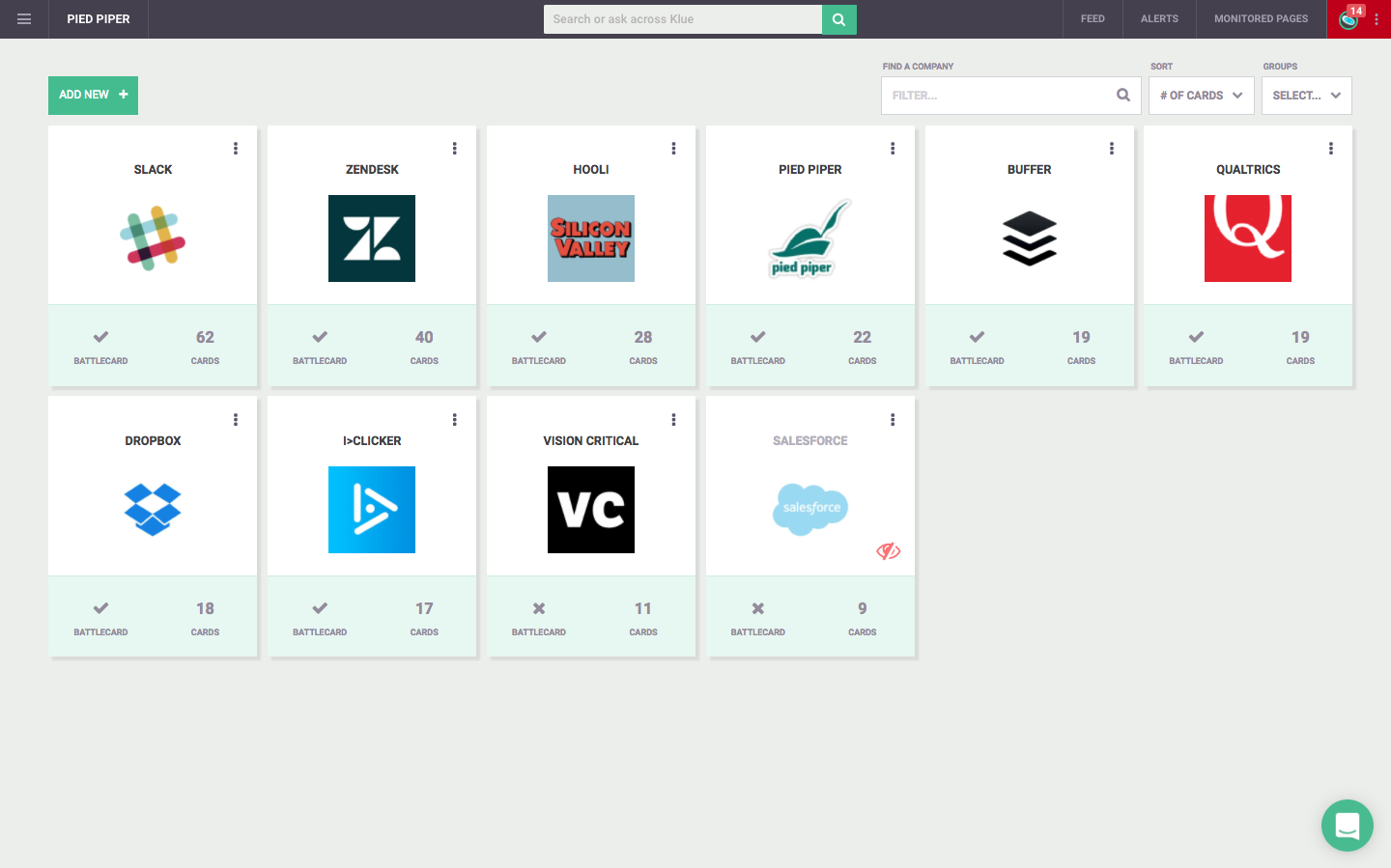Raising a Series B for any startup is challenging right now, with many VCs pulling back on investments — funding for Series B rounds across all sectors fell 55% in August compared to a year earlier, for example.
But raising a Series B for a hardware startup can be even tougher. It has simply always been more difficult to get venture investors to fund a robotics project compared to a software-only venture, given robotics’ high capital requirements and the greater risk.
However, the climb uphill can get much easier if a robotics startup can showcase a solid business model, measurable metrics and a plan for the next 18 months. As an investor in AI and automation companies for over 20 years, I’ve backed dozens of robotics companies, and I continue to be bullish on the space.
You need to show that customers are deriving real value from your robots — saving time, money or both.
Here are several strategies founders can use to prepare their robotics companies for a successful Series B.
Show how your robot works
Robots are inherently visual (can anyone forget that video of Boston Dynamics robots dancing?) So when you pitch VCs on your automation company, it pays to demonstrate your robots in action.
If your robots are large installations in warehouses or on manufacturing lines, invite VCs to come to see them working. If they are small enough to transport, bring them with you to the pitch meeting. And always have high-quality video available to share on a computer or tablet during in-person pitches or online for virtual meetings. Seeing your product in action is critical to getting investors excited about it.
Show customer ROI
Show, don’t tell: Tips for robotics startups raising a Series B during a downturn by Ram Iyer originally published on TechCrunch

